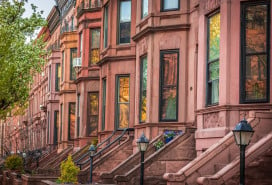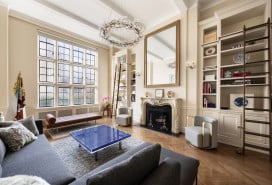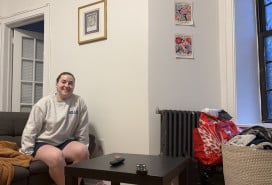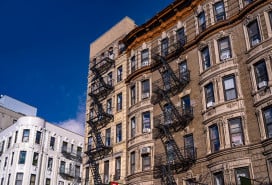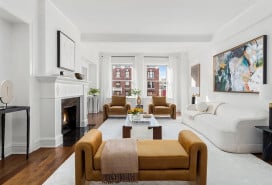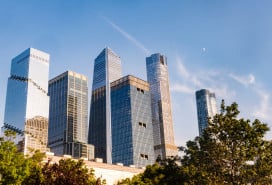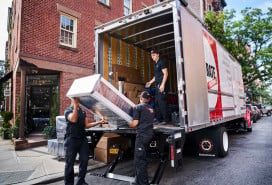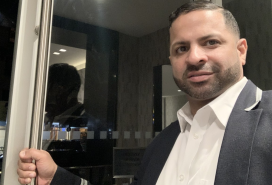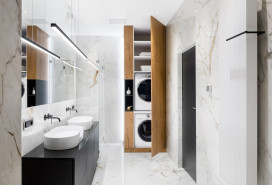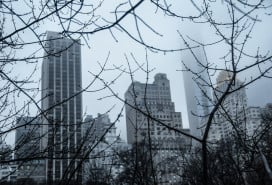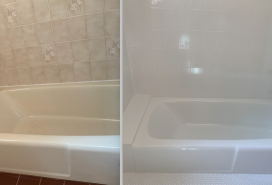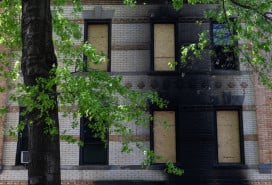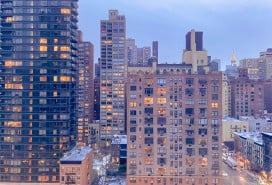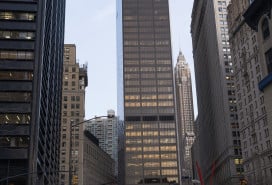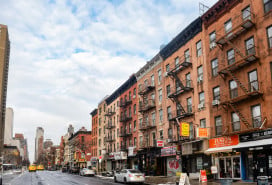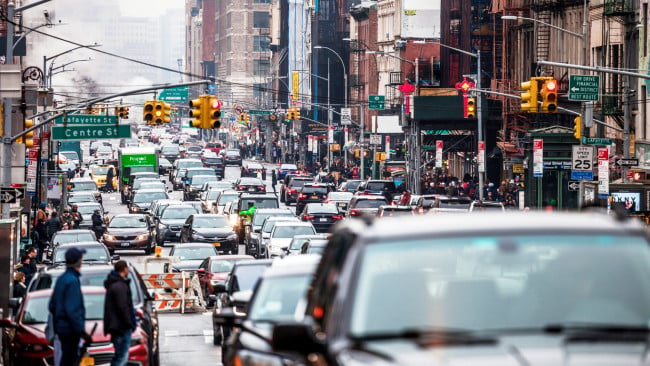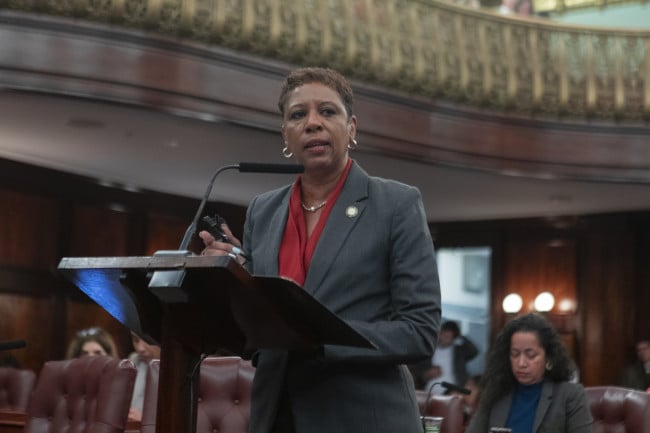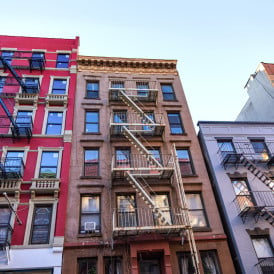24 NYC neighborhoods where median prices more than doubled in the past decade
- PropertyShark's report includes places where gentrification is well underway and just starting
- Median prices rose from $96,000 to $900,000 in 2014 to $220,00 to nearly $2 million last year
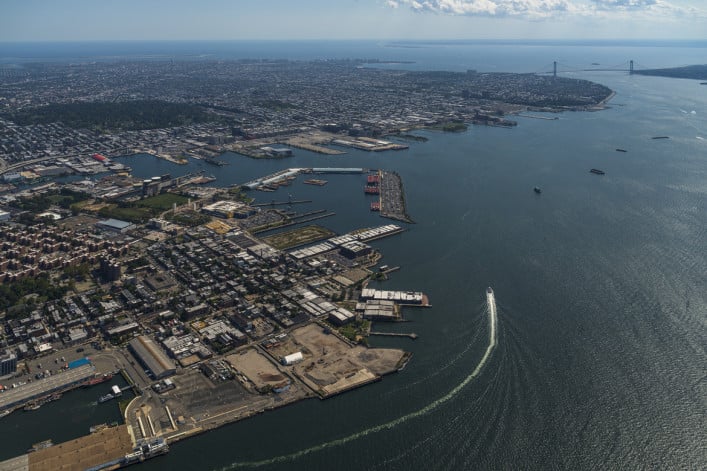
In waterfront neighborhoods like Red Hook, recovery from Hurricane Sandy and resiliency investments have spurred climate gentrification.
iStock
Some New York City neighborhoods have seen median prices more than double in the past decade—but not all of them are the pricey places where you would expect to experience sticker shock.
A new report from PropertyShark analyzed 24 NYC neighborhoods where median sales prices saw a 100 percent increase or more from 2014 to 2024. Median prices in these neighborhoods ranged from $96,000 to $900,000 a decade ago to $220,00 to nearly $2 million last year.
Demand for NYC real estate has fallen since the frenzy of the pandemic as high mortgage rates impact buying power, but prices have not dropped, said Eliza Theiss, PropertyShark senior writer and author of the report. Demand for housing remains ever present and “overall, extreme price growth is somewhat of an expectation for NYC real estate,” she said.
What led to price increases
Major redevelopment, rezoning initiatives, infrastructure and transit upgrades, Sandy reconstruction efforts, climate resilience projects, and the impact of hybrid work fueled increases in areas that are competitive for buyers as well as areas that are just starting to see signs of pre-gentrification, the report noted.
Two Bridges in Manhattan, for example, saw a gain of 288 percent to $1.64 million because of large-scale luxury projects like One Manhattan Square and 247 Cherry St., which faced strong community opposition.
In eight neighborhoods, sharp gains in median price were primarily the result of gentrification. Median prices approached $2 million in Carroll Gardens (112 percent) and Cobble Hill (104 percent)—both areas where gentrification is already underway.
Signs of pre-gentrification
Other less expensive places like Clifton (134 percent), Parkchester (129 percent), Richmond Town (124 percent), Park Hill (109 percent), and Hollis (103 percent) are showing signs of pre-gentrification, the report said.
In Clifton, public transportation upgrades are bringing in higher-income professionals. Parkchester is undergoing changes as a result of the Bronx Metro-North Station Area Plan, which will bring $500 million in infrastructure upgrades across the East Bronx and 7,000 new residential units.
In waterfront neighborhoods like Red Hook and Clason Point in the East Bronx, recovery from Hurricane Sandy and resiliency investments have spurred climate gentrification. This occurs when investments to protect communities from climate-related risks lead to increased property values and displacement of long-term residents.
The rise of hybrid and remote work has increased interest in areas that would typically have been difficult for commuters, such as along the Staten Island waterfront and in transit-poor zones.
Below-the-radar nabes
Some of the findings were a surprise to Theiss. She said Mariner's Harbor was not on her radar before. Her report found it had a 112 percent increase in median price from $210,000 to $445,000.
“Staten Island real estate overall tends to get the least attention, but Mariner's Harbor is also still somewhere among the 30 or so lowest-priced NYC neighborhoods at the moment,” Theiss said.
The force of gentrification and redevelopment have not reached all corners of the city. In places like East New York, gentrification has “failed to materialize,” Theiss pointed out.
“Almost a decade into the landmark Mandatory Inclusionary Housing rezoning, market-rate developments remain low...Traditional gentrifiers never arrived and recurringly, developments face an affordability paradox: They outprice locals but struggle to attract higher-income outsiders,” Theiss said.
You Might Also Like


